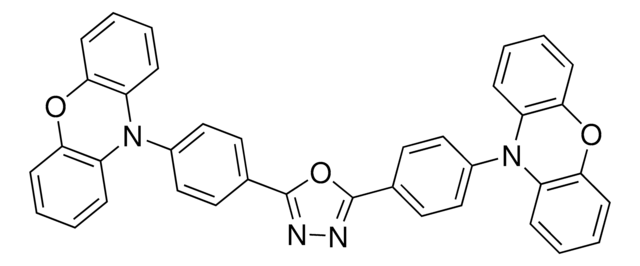Transportation information can be found in Section 14 of the product's (M)SDS.To access the shipping information for this material, use the link on the product detail page for the product.
Wichtige Dokumente
DNAQF
DNA-Quantifizierungskit, Fluoreszenz-Assay
Quantitation of DNA using bisBenzimide
Synonym(e):
dsDNA quantification
Größe auswählen
CHF 400.00
Voraussichtliches Versanddatum03. April 2025
Größe auswählen
About This Item
CHF 400.00
Voraussichtliches Versanddatum03. April 2025
Empfohlene Produkte
Qualitätsniveau
Verwendung
sufficient for 750 assays (2 ml each)
Methode(n)
nucleic acid detection: suitable
Lagertemp.
−20°C
Allgemeine Beschreibung
Anwendung
- ventrikuläre Monozyten von neugeborenen Ratten (NRVM)[4]
- humane mesenchymale Stammzellen (hMSC)/Proben zur Normalisierung der relativen ALP-Menge (alkalischen Phosphatase)[5]
- embryonische Fibroblastenzelllinie der Maus (NIH3T3-Zellen)[6]
Leistungsmerkmale und Vorteile
- Spezifisch für die Quantifizierung von DNA-Mengen im Nanogrammbereich
- Funktioniert gut sowohl mit gereinigten Präparaten als auch mit DNA aus Rohextrakten, die RNA und Proteine enthalten
Nur Kit-Komponenten
- Detailed technical bulletin 1 ea
Ähnliches Produkt
Lagerklassenschlüssel
10 - Combustible liquids
Hier finden Sie alle aktuellen Versionen:
Analysenzertifikate (COA)
Die passende Version wird nicht angezeigt?
Wenn Sie eine bestimmte Version benötigen, können Sie anhand der Lot- oder Chargennummer nach einem spezifischen Zertifikat suchen.
Besitzen Sie dieses Produkt bereits?
In der Dokumentenbibliothek finden Sie die Dokumentation zu den Produkten, die Sie kürzlich erworben haben.
Kunden haben sich ebenfalls angesehen
-
What is the Department of Transportation shipping information for this product?
1 answer-
Helpful?
-
-
I see that one of the componets of Product DNAQF, DNA Quantitation Kit, Fluorescence Assay, is a DNA standard. How is the DNA standard prepared? Can it be purchased separately?
1 answer-
The DNA standard (Product No. D4810) used in the kit is a sheared calf thymus DNA. It is the only one tested with the kit and it is only available in the kit. We do not determine the molecular weight.
Helpful?
-
-
What quality of genomic DNA is required for use in Product DNAQF, DNA Quantitation Kit, Fluorescence Assay?
1 answer-
Genomic DNA purified by phenol chloroform extraction is sufficiently clean for use with this kit.
Helpful?
-
-
How can I ensure accurate initial quantification of the DNA standard by spectrophotometric measurement at A260 when using Product DNAQF, DNA Quantitation Kit, Fluorescence Assay?
1 answer-
The DNA standard (Product No. D4810) should be incubated at 50 °C for 15-30 minutes before determining the concentration spectrophotometrically. This will ensure complete dissolution of the genomic DNA.
Helpful?
-
Active Filters
Unser Team von Wissenschaftlern verfügt über Erfahrung in allen Forschungsbereichen einschließlich Life Science, Materialwissenschaften, chemischer Synthese, Chromatographie, Analytik und vielen mehr..
Setzen Sie sich mit dem technischen Dienst in Verbindung.










